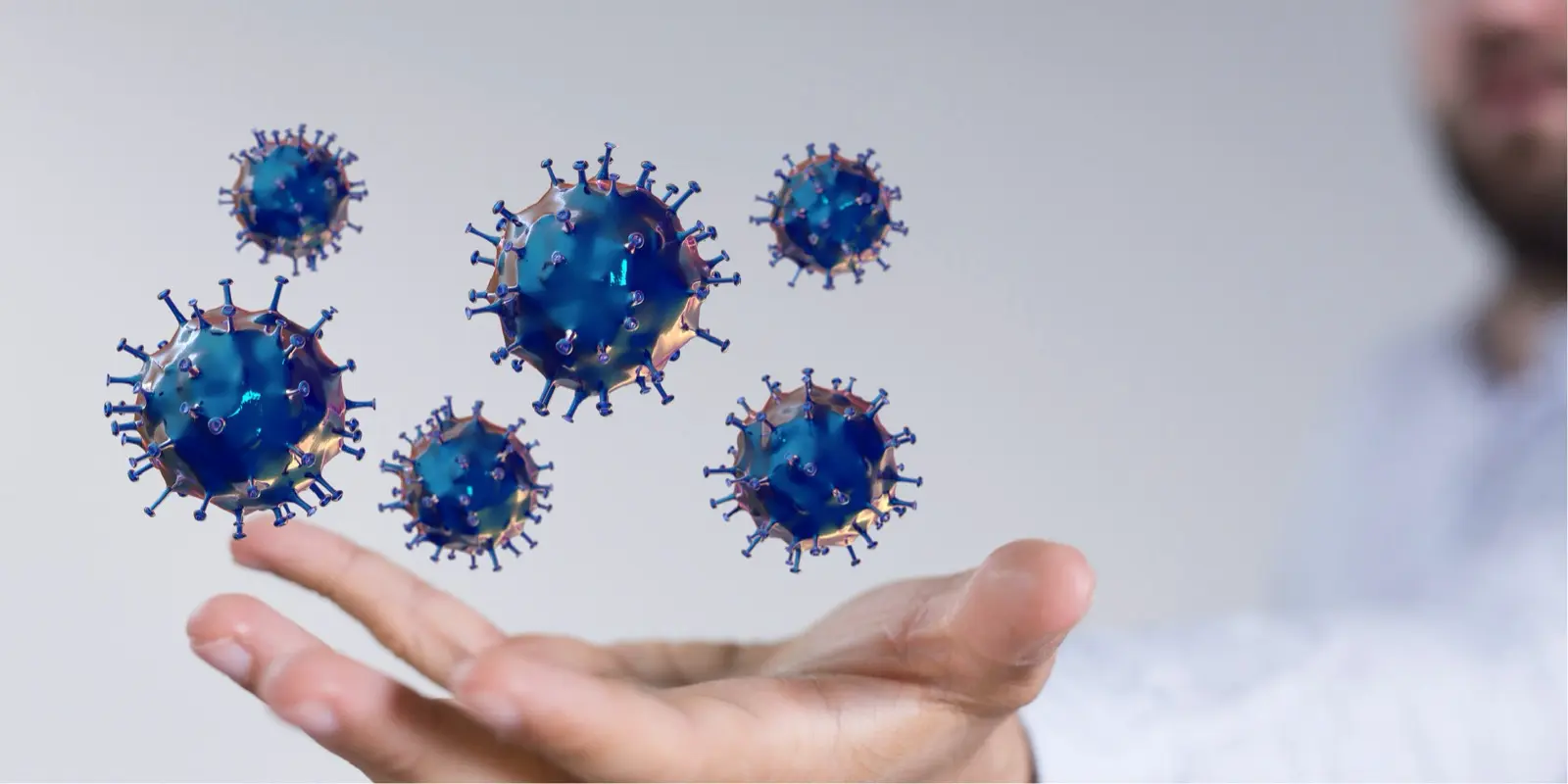
The paradigm of cancer treatment has undergone a profound reorientation in recent years, shifting the therapeutic focus away from directly toxic agents aimed at the malignant cell and toward the systemic mobilization of the patient’s own biological defense mechanisms. Immunotherapy, often referred to as immuno-oncology, represents this fundamental change, harnessing the inherent sophistication of the immune system to recognize, target, and eliminate cancer cells. This is a complex biological maneuver, acknowledging that tumors are not simply foreign invaders but rather rogue elements that have evolved subtle yet effective strategies to evade detection and destruction by the body’s highly efficient surveillance network. The goal of this advanced treatment approach is not merely to introduce a poison, but to recalibrate the delicate immunological balance, essentially reminding the immune system what it has been trained to forget or suppress. The success of immunotherapy is not uniform across all cancer types or all patients, reflecting the deep heterogeneity of the disease itself and the unique interplay between the tumor and its immediate surroundings, known as the tumor microenvironment.
tumors are not simply foreign invaders but rather rogue elements that have evolved subtle yet effective strategies to evade detection
The core challenge addressed by contemporary immuno-oncology is the sophisticated stealth mechanism employed by cancerous cells. “tumors are not simply foreign invaders but rather rogue elements that have evolved subtle yet effective strategies to evade detection” highlights the immunological complexity of the disease. Normal cells possess surface markers, or antigens, that identify them as “self.” Cancer cells, due to genetic mutations, express abnormal antigens (neoantigens) that should trigger an immune response from cytotoxic T-lymphocytes (CTLs). However, tumors have mastered the art of camouflage, often exploiting natural regulatory pathways designed to prevent the immune system from overreacting and causing autoimmune damage. The most well-understood of these evasive maneuvers involves what are known as immune checkpoints—molecular “brake pedals” on T-cells.
The most well-understood of these evasive maneuvers involves what are known as immune checkpoints
A pivotal discovery that unlocked the therapeutic potential of the immune system centered on these self-regulatory mechanisms. “The most well-understood of these evasive maneuvers involves what are known as immune checkpoints” directly refers to the mechanisms targeted by the current generation of blockbuster drugs. Immune checkpoint proteins, such as Programmed Death-1 (PD-1) on T-cells and its ligand (PD-L1) found on many cancer cells, function as a crucial safety switch. When PD-1 engages PD-L1, the T-cell is effectively turned off, protecting the tumor from destruction. Checkpoint inhibitor drugs—monoclonal antibodies—are designed to block this binding interaction. By physically preventing the “off switch” from being engaged, these inhibitors effectively “release the brakes” on the T-cells, allowing them to resume their cytotoxic function against the tumor.
By physically preventing the “off switch” from being engaged, these inhibitors effectively “release the brakes” on the T-cells
The clinical impact of releasing these molecular constraints has been transformative for certain malignancies previously considered untreatable. “By physically preventing the “off switch” from being engaged, these inhibitors effectively “release the brakes” on the T-cells” describes the mechanism of immune checkpoint blockade (ICB), the most prevalent form of immunotherapy today. Beyond ICB, another major category involves actively engineering or manipulating the patient’s own immune cells outside the body before reinfusing them. Adoptive Cell Transfer (ACT) therapies, particularly Chimeric Antigen Receptor (CAR) T-cell therapy, take T-cells from the patient, modify their DNA to express a synthetic receptor (the CAR) that specifically recognizes a unique protein on the surface of the cancer cell, and then rapidly multiply these “super-charged” cells in the laboratory.
modify their DNA to express a synthetic receptor (the CAR) that specifically recognizes a unique protein on the surface of the cancer cell
The precision and potency of CAR T-cell therapy stem from this ex vivo genetic manipulation. “modify their DNA to express a synthetic receptor (the CAR) that specifically recognizes a unique protein on the surface of the cancer cell” outlines the intricate process of creating a living drug customized for the patient’s tumor markers. This approach has demonstrated remarkable, often curative, success in specific hematological cancers, particularly certain leukemias and lymphomas. However, its application in solid tumors remains a significant challenge, largely due to the physical barriers and the deeply immunosuppressive environment within these tumor masses, which can rapidly exhaust or deactivate the engineered T-cells. The logistics and high cost of manufacturing these personalized cell therapies also present substantial hurdles to widespread accessibility.
The logistics and high cost of manufacturing these personalized cell therapies also present substantial hurdles to widespread accessibility
The therapeutic revolution brought by ACT comes with complex infrastructural and economic considerations that limit its current reach. “The logistics and high cost of manufacturing these personalized cell therapies also present substantial hurdles to widespread accessibility” acknowledges the non-biological constraints of this cutting-edge treatment. Addressing these limitations is paramount, but researchers are also exploring other ways to boost the immune response, including therapeutic cancer vaccines. Unlike prophylactic vaccines designed to prevent viral infections, cancer vaccines are designed to treat an existing disease by exposing the immune system to tumor-specific antigens, either derived from the patient’s own tumor (personalized neoantigen vaccines) or from more common tumor-associated antigens, to generate a robust and sustained T-cell attack.
cancer vaccines are designed to treat an existing disease by exposing the immune system to tumor-specific antigens
The approach of using vaccines in an already diagnosed patient leverages the immune system’s memory function to mount a targeted, enduring response. “cancer vaccines are designed to treat an existing disease by exposing the immune system to tumor-specific antigens” details the strategic intent behind this modality. The greatest technical challenge in this domain is identifying the most potent neoantigens—the unique, mutated proteins on the tumor surface that are most likely to be recognized as foreign by the immune system—which requires rapid and accurate genomic sequencing of the tumor. Once identified, a customized vaccine can be synthesized and administered to instruct the patient’s T-cells on exactly which targets to seek and destroy.
The greatest technical challenge in this domain is identifying the most potent neoantigens
Precision targeting in vaccinology hinges on high-fidelity molecular profiling, a process that is both resource-intensive and critical for efficacy. “The greatest technical challenge in this domain is identifying the most potent neoantigens” emphasizes the bottleneck in personalized vaccine development. Despite the revolutionary nature of these therapies, a significant percentage of patients—often the majority—do not respond or eventually develop resistance. This non-response highlights the enduring power of the tumor microenvironment (TME), which is an evolving, complex matrix of blood vessels, stromal cells, and immune-suppressing cells that can shield the tumor from even the most activated T-cells. Overcoming this immunosuppressive environment remains a central focus of current research.
Overcoming this immunosuppressive environment remains a central focus of current research
The cellular and structural defenses erected by the tumor represent the next frontier in immuno-oncology research. “Overcoming this immunosuppressive environment remains a central focus of current research” points toward the development of combination therapies that attempt to dismantle the TME’s protective mechanisms. One promising strategy involves combining ICB with radiation therapy or certain types of chemotherapy, which, in addition to their direct tumor-killing effects, can cause immunogenic cell death. This process releases a surge of tumor antigens, essentially turning the dying tumor cells into an in situ vaccine that can further activate the immune response, a phenomenon known as the abscopal effect. Other combinations involve using cytokines, signaling proteins that directly stimulate immune cell activity and proliferation.
One promising strategy involves combining ICB with radiation therapy or certain types of chemotherapy
The future success of immunotherapy is highly dependent on achieving synergistic effects between different treatment modalities. “One promising strategy involves combining ICB with radiation therapy or certain types of chemotherapy” showcases the movement toward poly-therapy. However, this strategy is not without risk. The very act of boosting or disinhibiting the immune system can lead to severe, sometimes life-threatening, immune-related adverse events (irAEs). These are autoimmune-like side effects where the activated immune cells mistakenly attack healthy organs, such as the colon, lungs, or endocrine glands. Managing these toxicities requires a specialized understanding of immune system modulation and a swift, decisive clinical response, often involving high-dose corticosteroids.
The very act of boosting or disinhibiting the immune system can lead to severe, sometimes life-threatening, immune-related adverse events
The double-edged nature of immunotherapy success—remarkable efficacy alongside the risk of severe toxicity—necessitates careful patient selection and monitoring. “The very act of boosting or disinhibiting the immune system can lead to severe, sometimes life-threatening, immune-related adverse events” emphasizes the delicate clinical balance required. The identification of predictive biomarkers—measurable biological characteristics that accurately forecast which patients will respond and which will experience unacceptable toxicity—is perhaps the most pressing need in the field. Biomarkers such as Tumor Mutational Burden (TMB) and Microsatellite Instability (MSI) have shown correlation with ICB response, but their predictive value is still imperfect. Ultimately, the future involves deeper integration of genomic, proteomic, and imaging data to create robust computational models that guide personalized, combination treatment decisions, transforming immunotherapy from a broad therapeutic category into a precise, patient-specific intervention.
